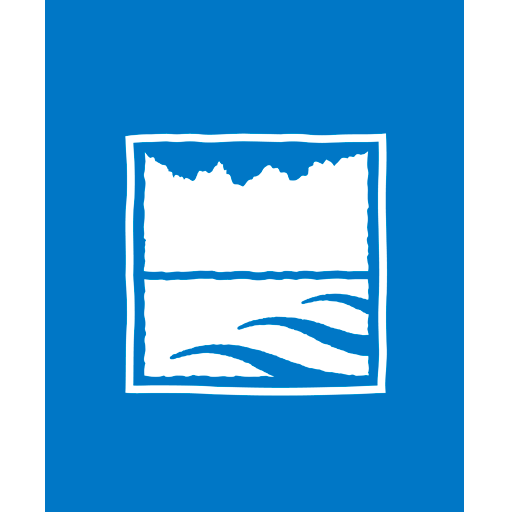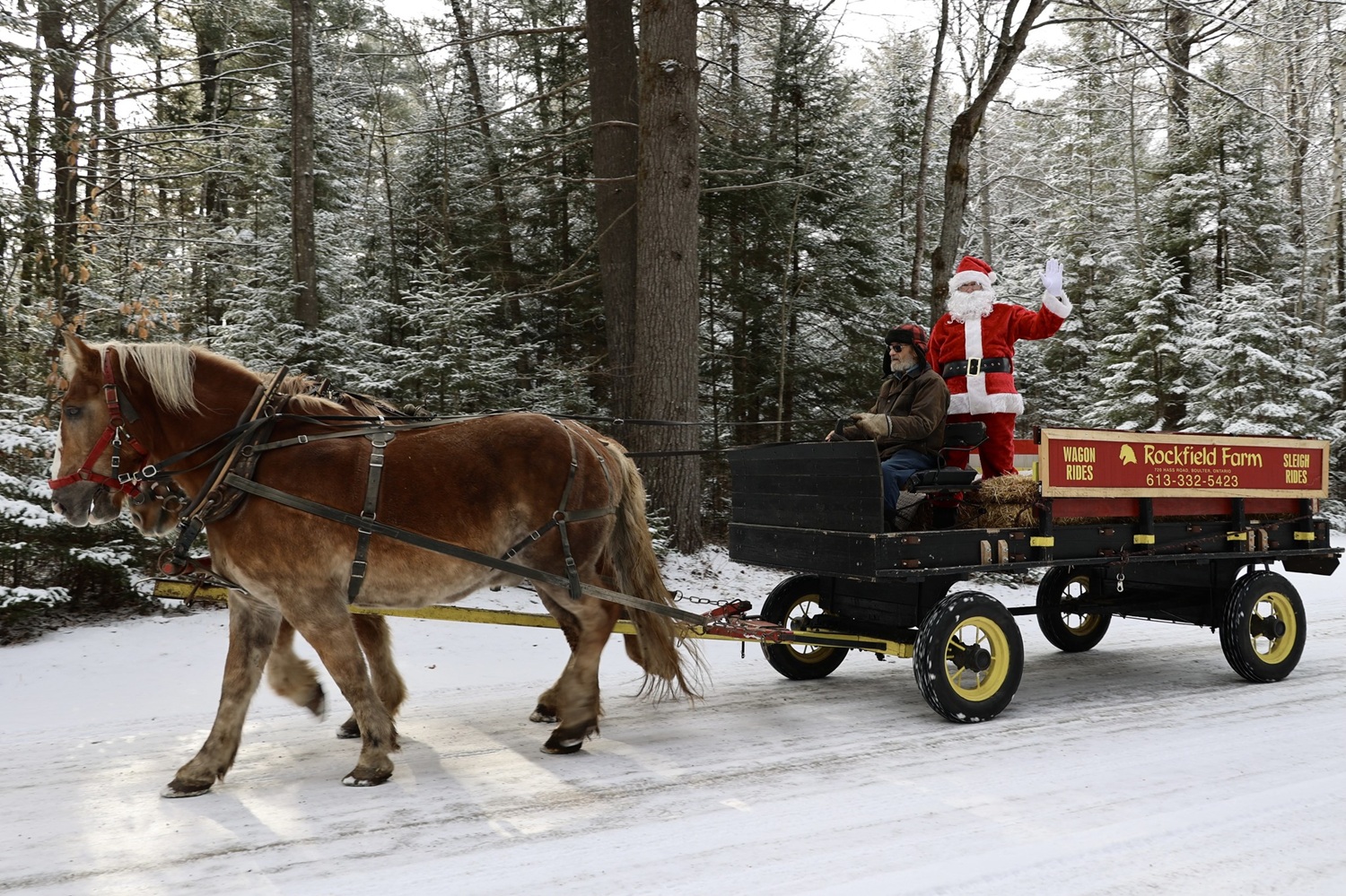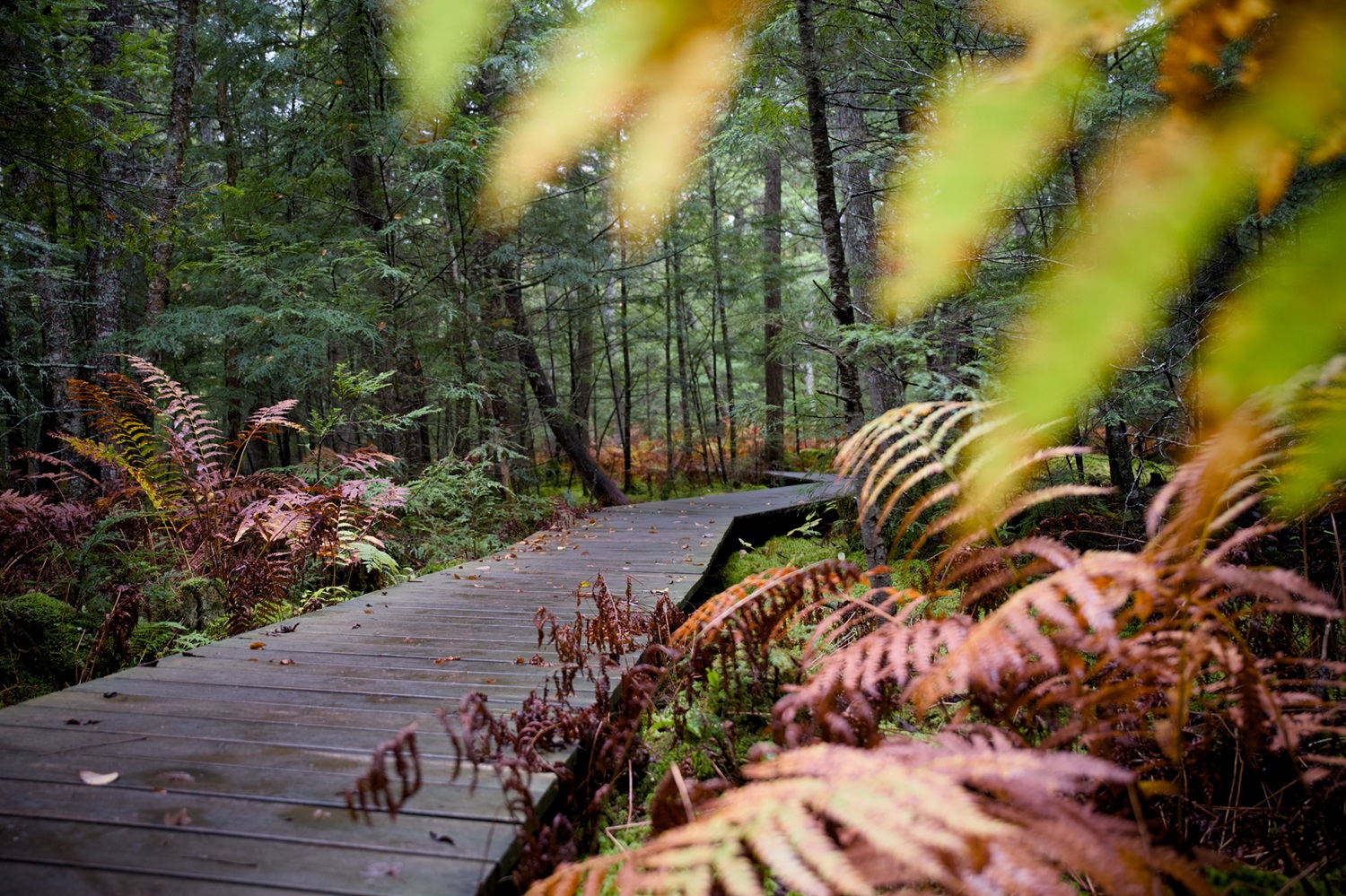
This post comes from MaryJane Moses, Resource Stewardship Coordinator in the Northwest Zone of Ontario Parks.
You may have encountered Ontario Parks staff during your visits.
They’re friendly, and will provide customer service, perform routine maintenance duties, and hold Natural Heritage Education programs in our campground parks.
But have you met any of our Northwest Zone resource stewardship team members yet?

In total, the Northwest Zone (NWZ) of Ontario Parks has 106 parks.
It is just under four million hectares, representing nearly 54% of all provincial parks in Ontario. This means the NWZ protects more area than five times the size of Algonquin Provincial Park.
To put it simply – that is a lot of land and water!
~
Exploring the north
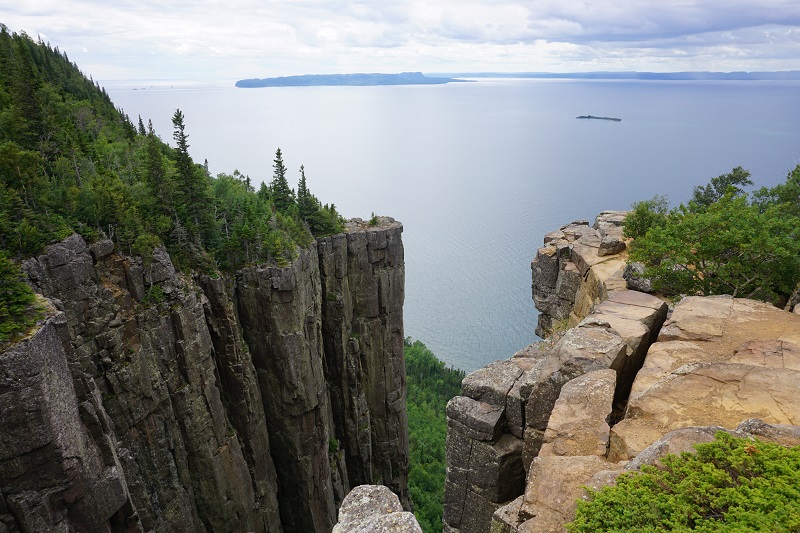
The NWZ is so much more than the well-known landmarks like Sleeping Giant, Kakabeka Falls, and Quetico.
There are also 80 non-operating parks. They are designated to protect provincially unique ecological, geological, cultural, and heritage features and provide recreational opportunities.
The public can use non-operating parks, however services and facilities are not typically provided. These parks are also often more remote and challenging to access. Fees for Canadian residents are not normally charged.
In addition to campground parks, park superintendents often have several of these non-operating parks to manage as well.
~
Why do we have stewards?
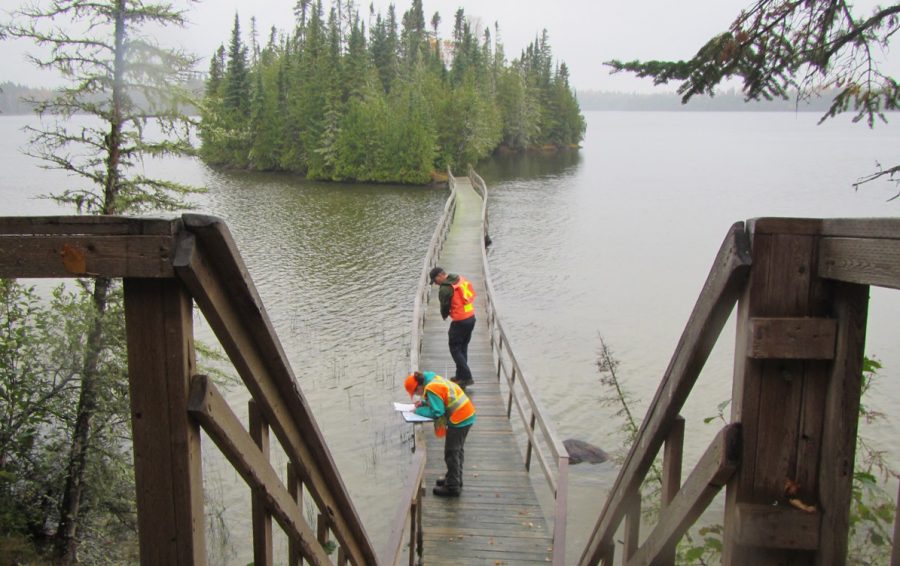
The Zone Resource Stewardship Program was established in 2014.
The Stewardship Program supports several of the objectives of the Provincial Parks and Conservation Reserves Act (2006) including:
- Striving to balance ecological integrity through monitoring and restoration projects.
- Ensuring opportunity for sustainable outdoor recreation.
- Promoting knowledge and protection of Ontario’s natural and cultural heritage values.
~
Who are our stewards?

Our stewardship crews are often familiar faces.
Many park wardens take on stewardship opportunities after the hustle and bustle of the busy summer campground season slows down.
The program is aided by a coordinator who helps oversee staff training, budgeting, trip and project planning, as well as information management and reporting.
As part of the zone stewardship team, members do zone level projects. They have the opportunity to work with and learn from various zone specialists and park superintendents while travelling to many different parks.
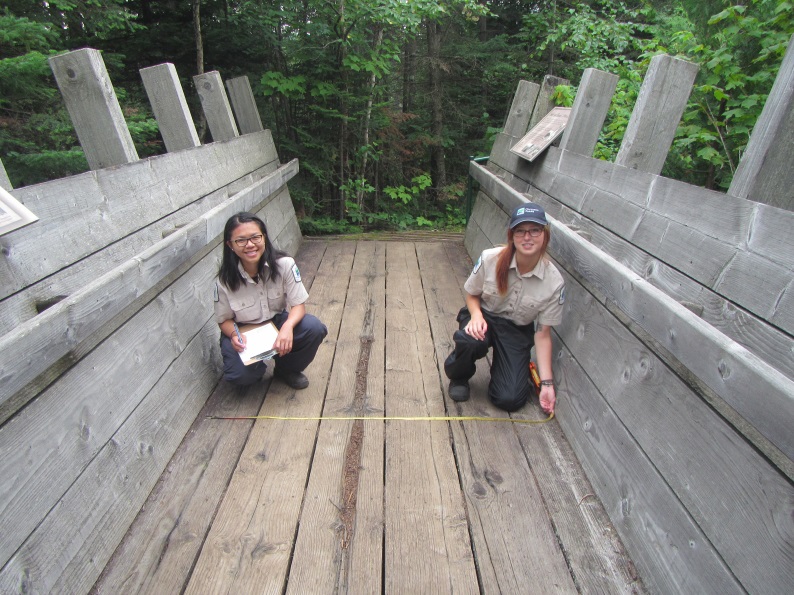
We also hire summer students to help conduct fieldwork and assist with data entry.
~
What do they do?
The resource field crews are the boots on the ground.
They focus on maintaining park operating standards, and information gathering for planning and management purposes. They also ensure public safety and can address educational and enforcement concerns.
Since the program was started in 2014, the crews have traveled to 49 of the 80 non-operating parks across the Northwest Zone. This includes some parks which are remotely accessible only by water or plane!
In 2015 and 2016, the program focused on a zone-wide water crossing inventory of bridges and culverts to prioritize public safety and fish habitat requirements.
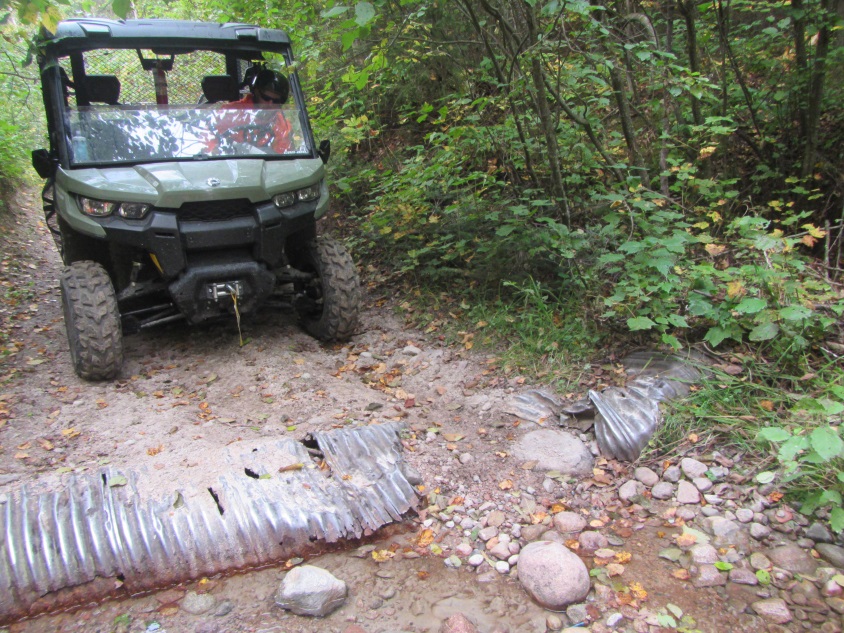
Examples of work performed during a routine visit to a non-operating park like Eagle Dogtooth Provincial Park include documenting access and usage, installing park boundary signs, and tracking incidental wildlife sightings.
In 2017, we focused on site clean-ups in large wilderness class parks (like Woodland Caribou and Wabakimi).
We also performed campsite assessments and clean-up in waterway parks like LaVerendrye Provincial Park, which is located along the Canada – USA border.
~
What’s the point?
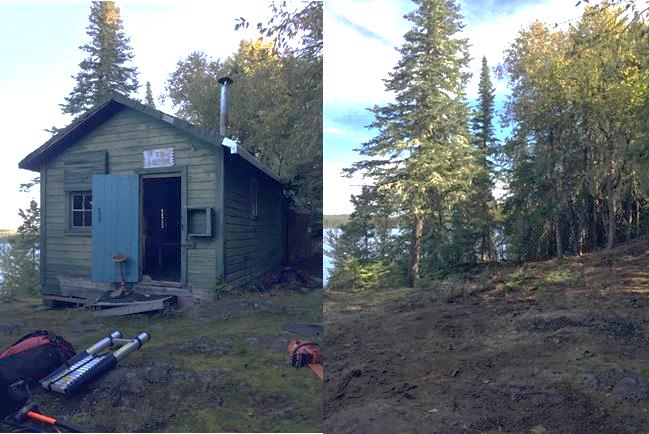
All information and data collected by the resource stewardship teams is used to contribute to better management of provincial parks.
Data is reported back through the program coordinator to park superintendents and zone specialists. This information then contributes to overall better informed decision making across the broader landscape scale for park management planning and operations.
The resource stewardship field crew’s dynamic role directly supports the Auditor General’s recommendations for Ontario Parks. This is because it increases support to the custodial management and stewardship needs of our non-operating parks.
If you see our resource stewardship field crews out working in the field this season – be sure to say hi!
Remember that we are all stewards of this land, so please help us care for our land and waters so everyone can enjoy them for generations to come.
